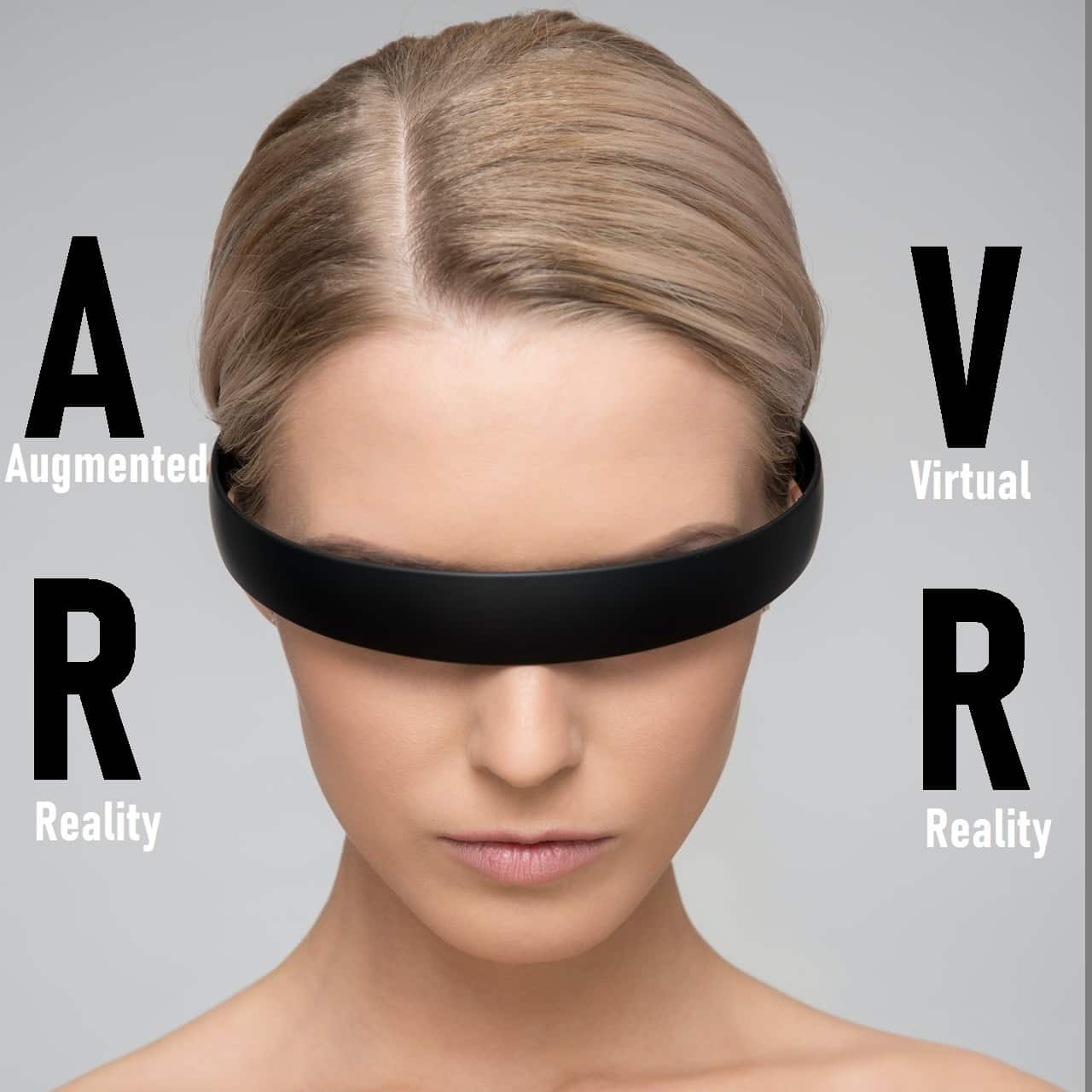Immersive Learning: The Future of Education with Virtual Reality
Virtual Reality (VR) in education is not a new concept but its potential is being realized now more than ever. Schools are increasingly adopting VR to provide immersive, interactive learning experiences that can enhance student understanding and retention.
Virtual Field Trips
With VR, students can take field trips to distant or inaccessible locations, from ancient civilizations to outer space, all without leaving the classroom. This can make learning more engaging and memorable for students.
Learning through Simulation
VR can simulate real-world scenarios in a safe and controlled environment. For example, medical students can practice surgeries, while engineering students can experiment with machine designs. This hands-on learning can enhance their practical skills and knowledge.
Individual Learning Paths
VR can personalize learning to cater to each student’s needs and pace. Students can explore different topics in depth, revisit concepts as needed, and learn by doing at their own pace.
Promoting Collaboration
Some VR platforms enable collaborative learning, where students can work together in a virtual space. This can foster teamwork and communication skills.
Inclusive Education
VR can make education more inclusive for students with special needs. For example, it can simulate experiences that help students with autism understand social cues, or provide a distraction-free learning environment for students with attention disorders.
Despite its potential, VR in schools is not without challenges. High costs, technical issues, and the lack of VR content for education can hinder its adoption. However, with ongoing technological advancements and growing evidence of VR’s educational benefits, its use in schools is set to increase in the future.













